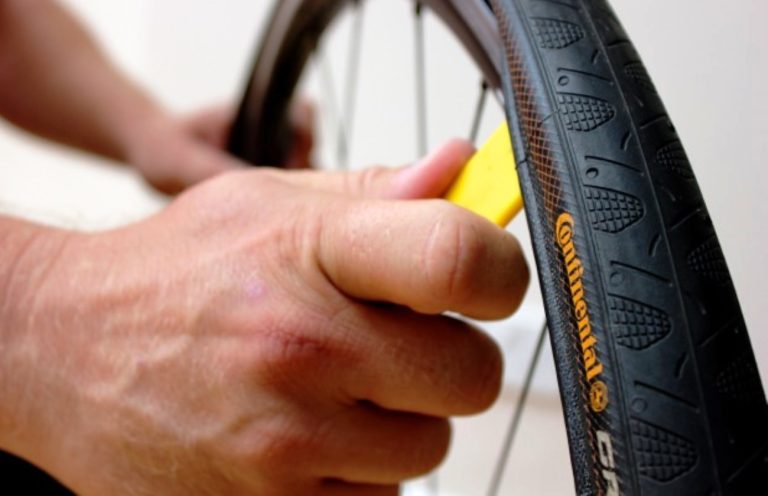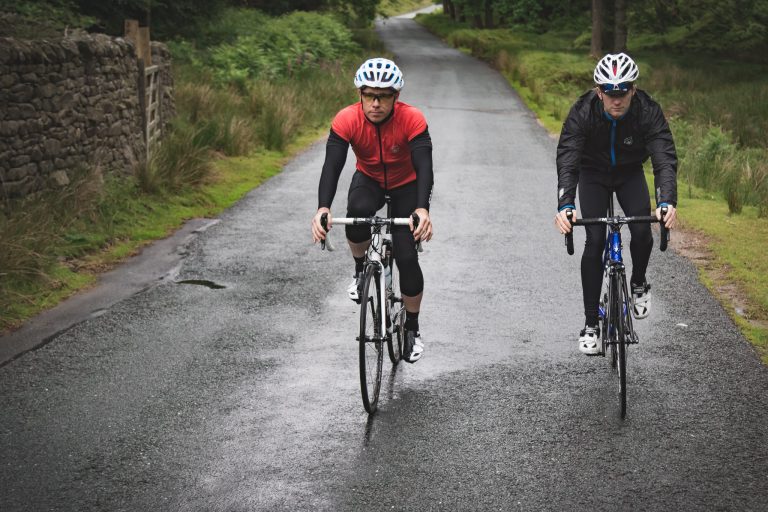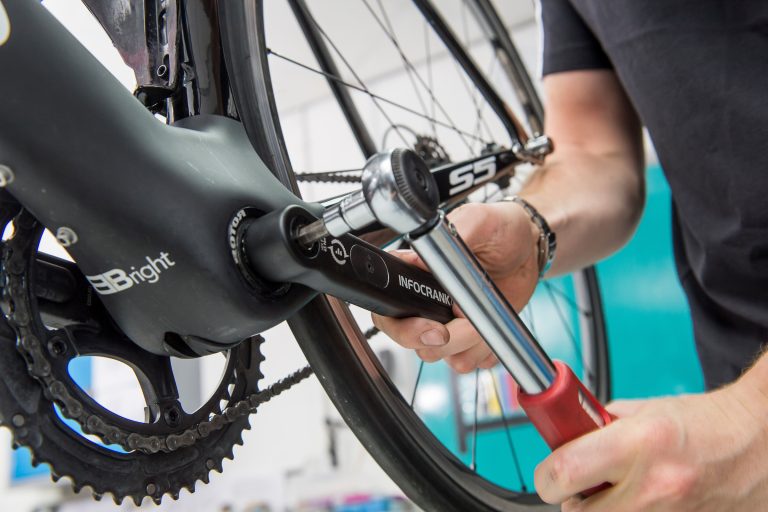
Inspecting my tyres recently for cuts and bulges (but not embedded flints…), I found a curious example of the former.
Circular in outline, it took the form of a flap retained on the tyre tread by a small neck of rubber and had been sliced clean off the carcass to reveal the fabric underneath.
Not the least impressive aspect of the cut is the resistance to further penetration offered by the Continental Force clincher’s lightweight carcass.
In any case, this presented a good opportunity to test the effectiveness of glueing the tread back together, which I did using Tip Top vulcanising solution. Used as instructed, the stuff is exceptionally effective at bonding a Tip Top patch to a butyl inner tube, which it does through some sort of chemical reaction between the layer of dried solution and the film deposited during manufacture on the sticky side of the patch.
Experimentation has demonstrated that a less good bond is achieved between two pieces of inner tube stuck together using solution alone (applied to both surfaces). They still stick, unlike the flap to the carcass…
Well, it stuck down nicely on the stand and, picked at, seemed likely to stay put. 13 miles later, however, it had come unstuck albeit while staying in place and protecting the exposed carcass.
Which goes to show that the film on the patch is critical to full adhesion and that the tyre tread is constantly subjected to shear forces as the tyre rolls and compresses. This shearing action is so strong that it can pull a poorly-vulcanised tread away from the carcass and is far too destructive for mere repair solution, no matter how carefully applied. Same goes for superglue and other adhesives; if it is not as tough as the tread itself, it will fail.
Let us know of anything that works.





